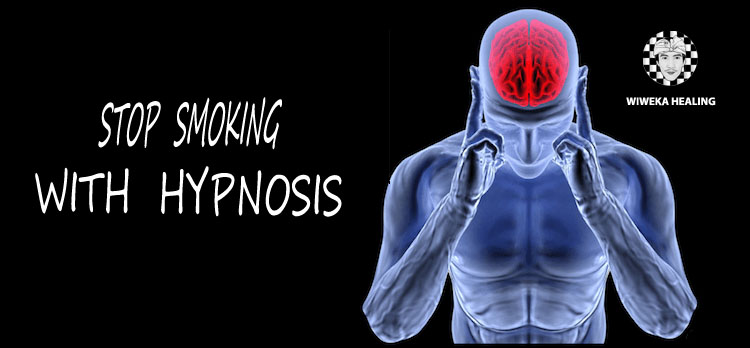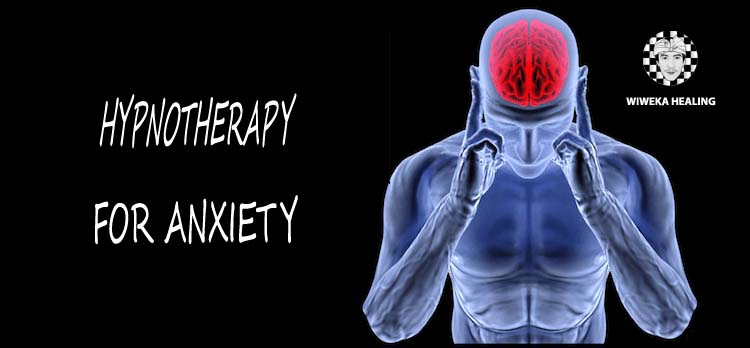
Why respiratory is so principal in Yoga? Hatha Yoga may also be seen as a complete workout for the autonomic frightened process. The sympathetic and parasympathetic nervous programs are each motivated in flip during forward and backward bends, muscle contraction stimulates sympathetic undertaking, as does the exact approach of stretching. Instantly, on the end of a posture, you are introduced back to baseline. You experience a leisure (parasympathetic) sign as your muscle groups relax from anxiety and stretching. Yoga trains the intellect to take care of Stress Yoga entails managed entry into a pose- or asana- preserving the pose in entire stillness, then a controlled unlock. As you go by way of this exercise, it takes strong prefrontal cortex undertaking to preserve your concentration and stillness. As you keep a posture, your prefrontal cortex is countering the raised sympathetic sign because it continues you targeted.
That is how you instruct your intellect to maintain your stress sign beneath control. As your intellect learns how to do this, you get higher at doing this even outside of the yoga room. Ultimately, with observe, you will be equipped to keep self-manage in most traumatic settings. When confronted with this mission of overcoming your sympathetic sign with a purpose to listen, which you could aid your intellect by making use of a easy instrument at your disposal: your respiration. Respiratory-sympathetic coupling the center and lungs have a original reason in offering oxygen across the body. The lungs fill vehicles with oxygen and the guts pushes these vehicles onto the freeway across the body to deliver it. It makes sense for the guts and the lungs to work collectively as a group and we know that the hearts endeavor changes because the sample of respiratory alterations.
The autonomic nervous system controls the guts. Its sympathetic apprehensive system half of makes the pulse turbo and more desirable and the parasympathetic fearful method 1/2 does the opposite. When the heart slows down according to sluggish, deep breathing, it does so due to the fact that of a diminished sympathetic apprehensive method signal being sent to the center. Every time we breathe in, a nerve known as the phrenic nerve makes the flat sheet of muscle at the bottom of our lungs (the diaphragm) contract, which sucks air into our lungs. The phrenic nerve is became on and off by using a sign generator. Nerves that manipulate the system of breathing line a part of the brains medulla known as the ventral respiratory column. Within this column lies a certain nerve circuit referred to as a respiratory principal sample generator.
We additionally in finding nerves mediating the sympathetic nerve sign (in the rostral ventrolateral medulla) in this distinct same vicinity. We think that such close proximity of respiration sign turbines and the nerves mediating sympathetic alerts could give an explanation for why possible so carefully have an effect on the opposite. Respiration changes the sympathetic signal and the sympathetic sign changes how we breathe. The 2 are tightly linked. This vicinity also receives understanding from strain receptors in the neck and aorta (baroreceptors) as good as carbon dioxide alarms scattered across the physique.
Yoga poses additionally stimulate these baroreceptors during bends. Breathing in Yoga in the case of yoga, the sympathetic sign-reducing effects of slow deep breathing praise the efforts of the prefrontal cortex in seeking to focal point, pay attention and obtain a cozy intellectual state. Respiratory is like an additional instrument to relax a sympathetic sign. Experiences despite the fact that there will not be many stories on the outcomes of changing the sample of respiration on the sympathetic sign, the stories that do exist advise that we probably equipped to manage our respiratory to deliver down our sympathetic nerve sign, as a minimum in some circumstances.
Gradual and regular respiratory has been proven to suppress baseline sympathetic exercise when that is high. As the lungs develop during concept, the sympathetic sign goes down. Lowering the cost of breathing reduces the sympathetic signal. In a single experiment on sufferers with continual heart failure who are likely to have excessive sympathetic signals at rest, decreasing the fee of breathing from 16 breaths per minute to about 7 breaths per minute and inhaling twice the typical quantity of air resulted in a reducing of the sympathetic signal (as detected in muscle), by means of a third. A excessive blood stress can be a signal of a excessive sympathetic signal. An abnormally excessive blood stress may be diminished through controlled breathing. In one small be taught, taking sluggish, deep breaths for only 5 minutes at a rate of 6 breaths per minute introduced high blood pressures down. In one other gain knowledge of on patients with diabetes and a excessive blood strain, guided respiratory periods for 12 minutes everyday for 2 months used to be discovered to cut back the sympathetic sign reaching the guts (seen as a raised coronary heart cost variability index) and decrease pulse pressure.
Yoga: a detailed scenario in the course of yoga, we see one other fascinating dynamic taking situation. As we move from posture to posture, we’re repeatedly stimulating stress receptors in the neck (baroreceptors). This stimulation feeds into the sign generator in the medulla, decreasing the sympathetic sign. Ahead bending poses will do this. If, once we are in a forward bend, we also breathe slowly and deeply, we see a magnificent influence on the sympathetic sign going to the heart as proven in an fascinating case report released in the Journal of Aviation, area and Environmental medication. A healthy younger lady used to be first made to lie flat, then placed so her head was once 45 degrees slash than her heart. When lying flat, her coronary heart slowed down as she breathed a bit extra deeply (a phenomenon known as respiratory sinus arrhythmia or RSA).
As she breathed 50% more deeply, her RSA doubled, as we’d count on. When lying with her head at 45 levels beneath her coronary heart, nonetheless, this relationship grew to become some distance more reported. On this position, the RSA reached 450% the extent at baseline within the lying flat role. Superimposing the pinnacle down role with deeper respiration volumes resulted in an severe RSA, an severe variant within the sympathetic/parasympathetic indicators achieving the guts, suggesting that every one these alerts act together in synergy, instead then in a easy additive method. Feeling the heat in case you practise scorching yoga, you can use your respiration much more effortlessly to carry down your sympathetic sign as warmness seems to make the outcome of respiration on the sympathetic signal even more advantageous! In practice Inhaling deeply and bringing the respiration price proper down can convey the sympathetic sign down. This explains why Pranayama respiratory methods can result in a state of relaxation. Sluggish, deep respiration approaches can scale back the stress signal briefly and even support dampen an impending stress response.
Focusing on respiratory during the apply of Yoga can aid you achieve center of attention and quietness in the face of overwhelming autonomic stimulation. Learning to use respiration to aid your self focus and acquire calmness can also be taken out of the yoga room and put into follow in the true world. Within the yoga room, you are going to keep in mind the feeling of your mind reaching peak concentration in the face of stress and with repeated practice, you’ll be capable to repeat that feat anywhere, every time. .















Leave a Reply